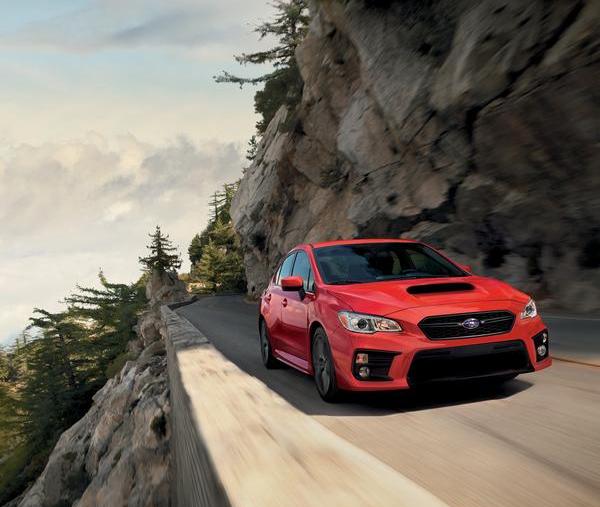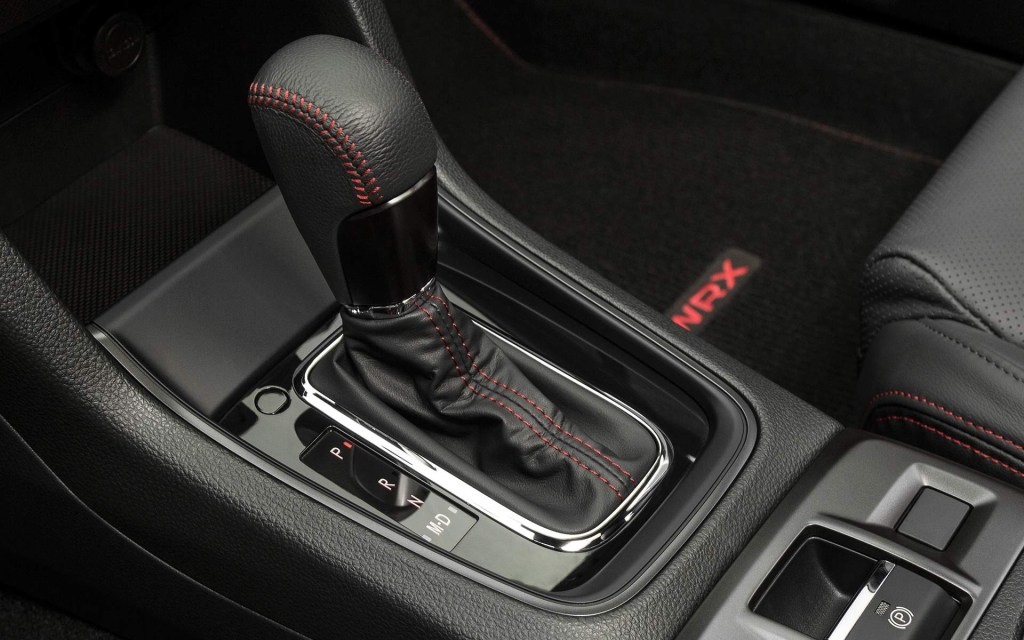
Is a Subaru WRX with a CVT Transmission Worth Buying?
Ask almost any Subaru WRX enthusiast and they will tell you that cars with automatic transmissions are lame. That’s because having a manual transmission and being able to shift to the next gear at redline is key when it comes to racing, and it also makes the daily drive more fun. However, if that’s the case, then why are popular cars like the Subaru WRX still available with an automatic?
CVT Transmission
A traditional automatic transmission uses a set of gears to determine the engine’s revolutions per minute (RPM) with every shift. For example, a six-speed automatic will have six gears with set gear ratios that determine what RPM the engine is shifted into at every gear.
Subaru’s LINEARTRONIC CVT transmission, on the other hand, utilizes two hydraulic adjustable pulleys driven by a chain belt in order to find the most optimum “gear ratio” at every rpm. The spools constantly change diameter, which changes the gear ratio depending on your throttle input. Unlike the traditional automatic, there are no gears to shift to. This is why it’s a called a CVT, or continuously variable transmission.
Just think of a CVT as having “infinite gear ratios” in order to provide maximum performance and fuel economy, along with smoother driving, however hard or soft you step on the gas pedal.
Sounds good (in theory)
The CVT transmission sounds great, after all; wouldn’t a transmission that can keep the engine spinning at the most optimal RPM for maximum fuel economy and performance be the best thing ever?
For regular commuters, yes, because the average driver wouldn’t care or even notice that they are driving a car with a CVT since they usually only drive it under partial throttle.
But for a driving enthusiast, especially those shopping for a Subaru WRX, it would not be ideal. Being able to shift gears manually gives the driver a better sense of control over the car and allows them to shift at redline during “spirited driving” or racing situations.
As a note, opting for a CVT transmission in a Subaru WRX does give you shift paddles behind the steering wheel, which allow you to “shift” the fake gears yourself. They work well, but it’s generally not as good as an old-fashioned clutch and shifter.

Is the CVT transmission worth buying?
In MotorTend’s review of the 2015 Subaru WRX with the CVT, the car got to 60 mph in 5.8 seconds, as compared to a similarly-tested WRX with a manual, which achieved a 0-60 time of 5.5 seconds. The CVT version also ran a half-second slower than the manual in the quarter-mile.
We realize that it’s not just about straight-line performance when it comes to weighing transmission options as the Subaru WRX was built to be an all-around sporty car meant mainly for rally racing. However, most consumers don’t get into stoplight drag races every day, nor do they rally their cars on the weekends.
According to Car Buzz, “The take rate for the WRX is a whopping 90%, which means only 10% of customers opt for the CVT.” Keep in mind that the base WRX is not available with the automatic and most WRX buyers are enthusiasts who like to modify their cars.
Checking the box for the CVT when configuring your WRX will add $1900 to the price. It sounds steep, but for a daily driven commute, filled with loads of traffic and red lights, we think that the CVT would be worth it. Clearly, 10 percent of the buyers agree with us.



